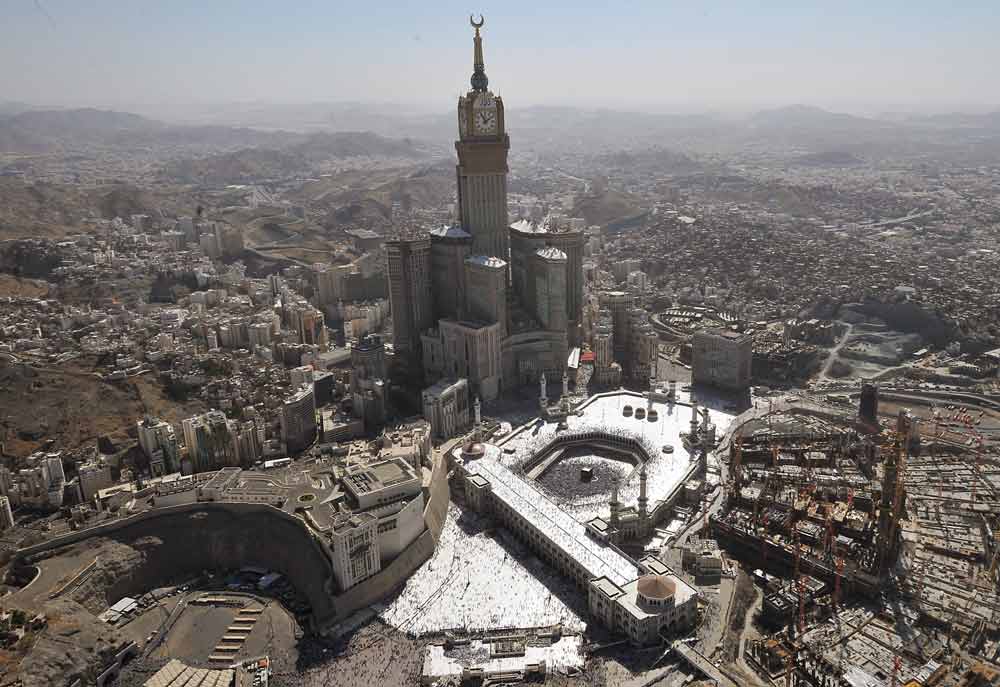Hospitality markets across MENA witnessed a negative performance in 2016 when compared to 2015, according to the EY Middle East Hotel Benchmark Survey Report.
Dubai had the highest RevPAR with AED 734.5 (US $200) and highest occupancy at 80% across MENA in 2016 while the highest ADR across MENA for 2016 was in Makkah, Saudi Arabia at an average daily rate of $287 (AED1,054).
While the UAE hospitality market experienced a dip in RevPAR it benefitted from strong occupancy figures in Abu Dhabi, Dubai, and Ras Al Khaimah with none of the cities falling below 70% in 2016.
One of the reasons in the decline in RevPAR was attributed to supply outpacing demand of hotel rooms in the market, coupled with a drop in tourists travelling to Dubai due to the decreasing value of the Euro and Russian Ruble and the strengthening of the US dollar.
However, increased travel from Chinese tourists, thanks to a change in UAE visa policy, helped improve the hospitality market in Dubai during the last three months of the year.

| Advertisement |
UAE hospitality industry in figures
Abu Dhabi saw a decrease of 1% in occupancy from 2015 with an average occupancy of 77% in 2016. The average room rate dropped by 15.1% from US$147 (AED 539.8) in 2015 to US$125 (AED459) in 2016.
Meanwhile, Dubai experienced no change in occupancy between 2015 and 2016, remaining at 80%. However, the average room rate decreased by 7.7% from US$268 (AED984.25) in 2015 to US$247 (AED907.13) in 2016.
Ras Al Khaimah saw a 7.2% points increase in occupancy rising from 64.8% in 2015 to 72.1% in 2016. Room rates saw a slight dip from US$166 (AED609.65) in 2015 to US$162 (AED594.96) in 2016, a 2.4% decrease. However the survey figures show that Ras Al Khaimah’s hospitality sector improved in 2016.
EY MENA head of transaction real estate Yousef Wahbah said: "The hospitality market was greatly affected by the drop in oil prices over 2015 and 2016 forcing many hotels to lower their room rates whilst also suffering from lower occupancy. However, some cities, such as Cairo and Ras Al Khaimah, managed to increase both occupancy and room rates for overall higher revenues per room."









 Search our database of more than 2,700 industry companies
Search our database of more than 2,700 industry companies









